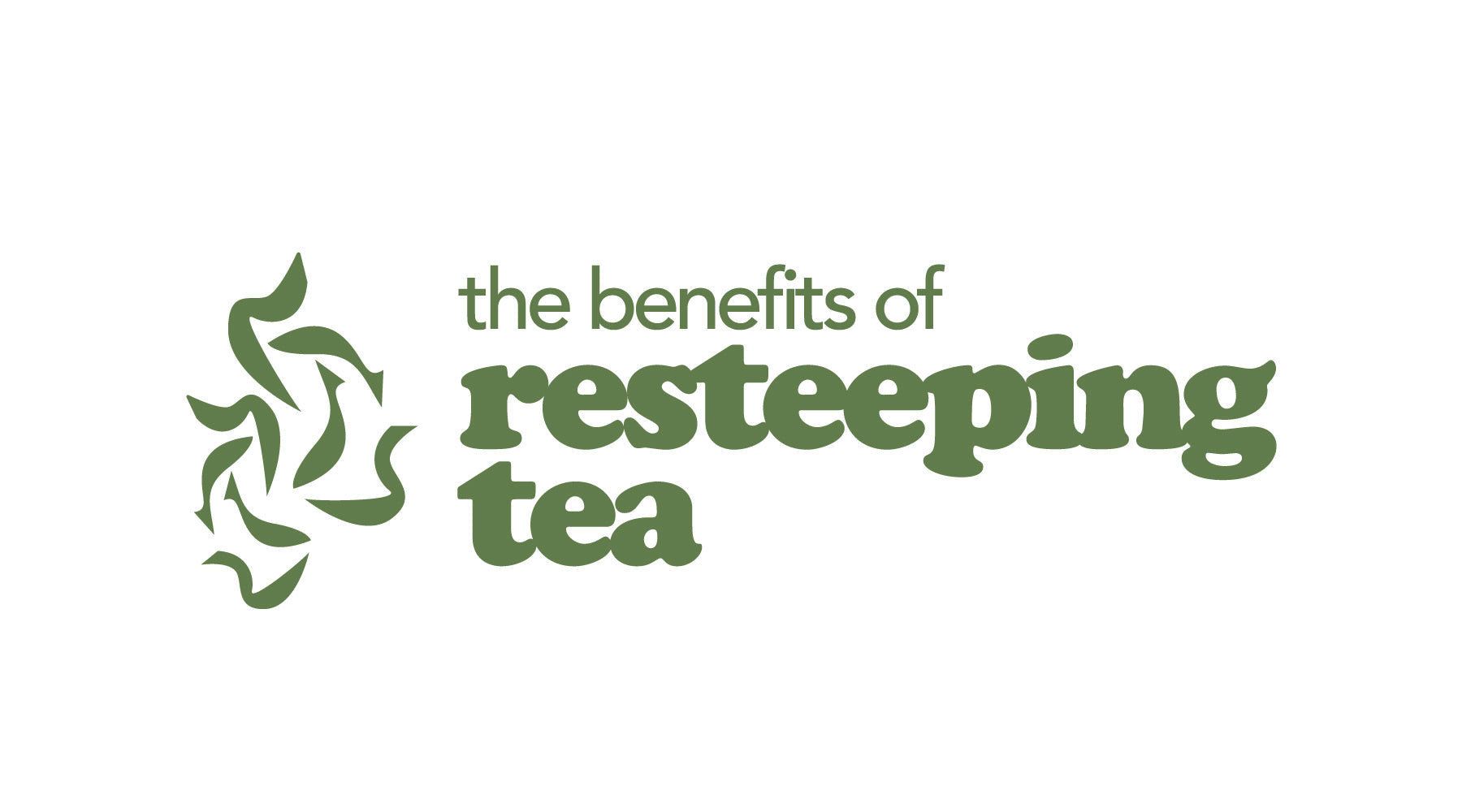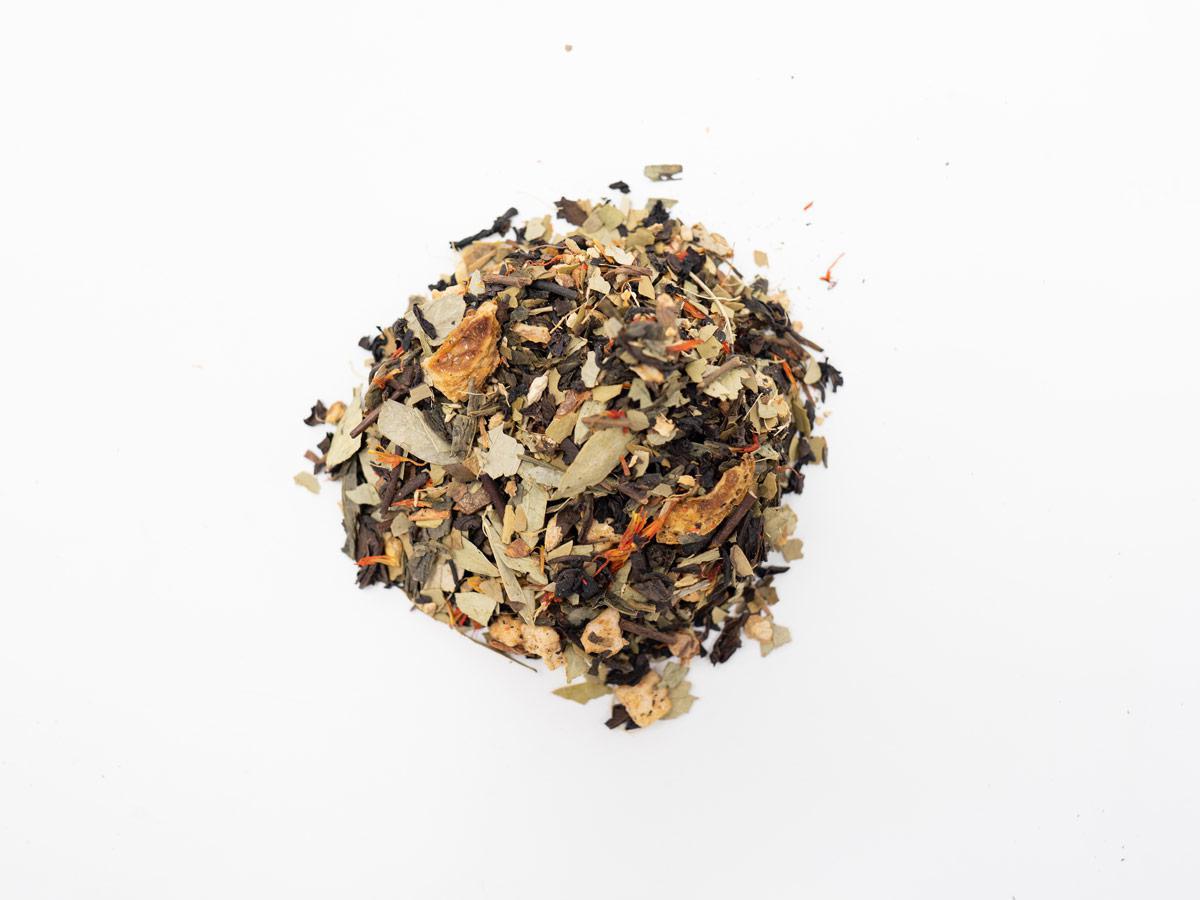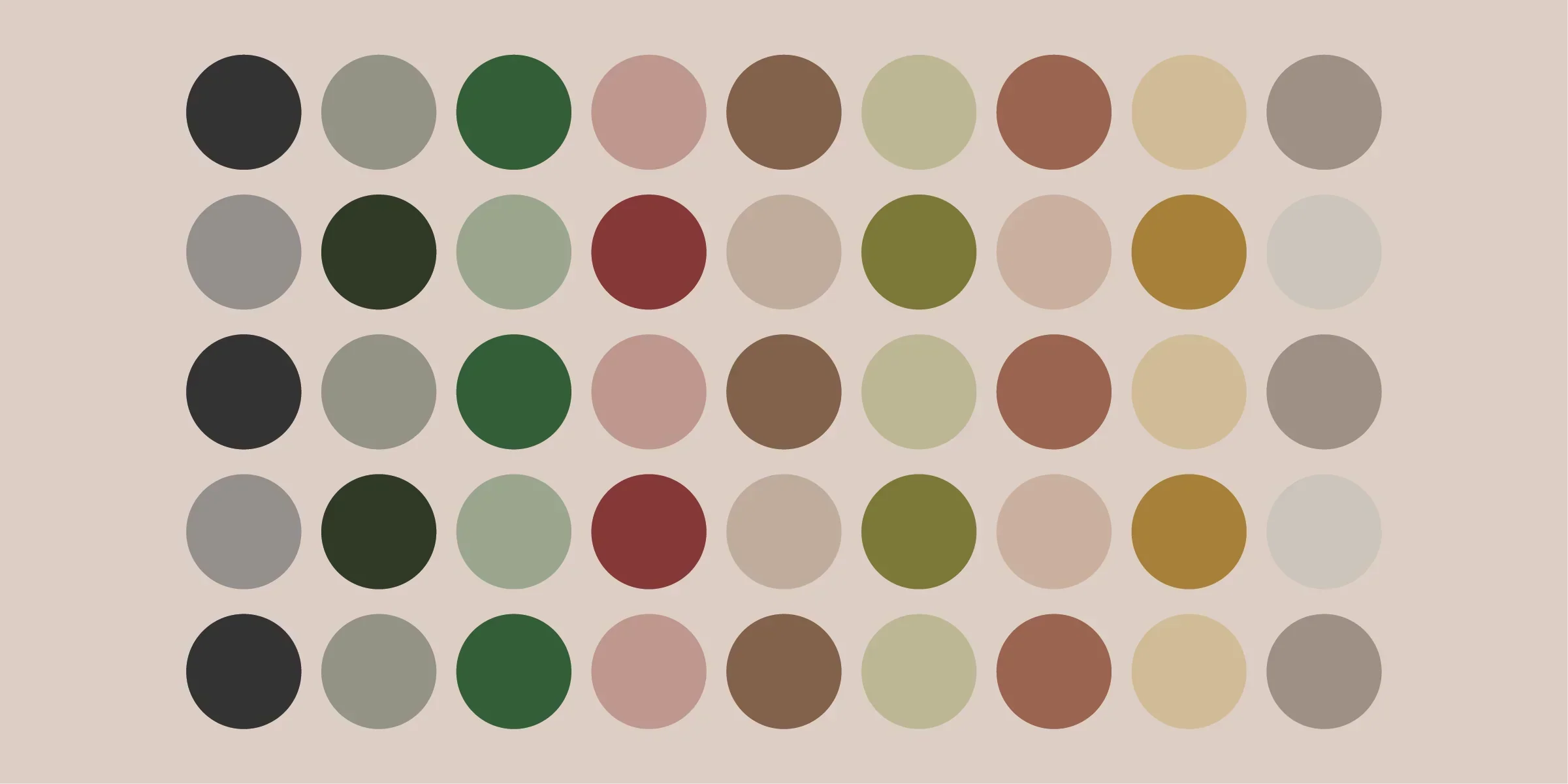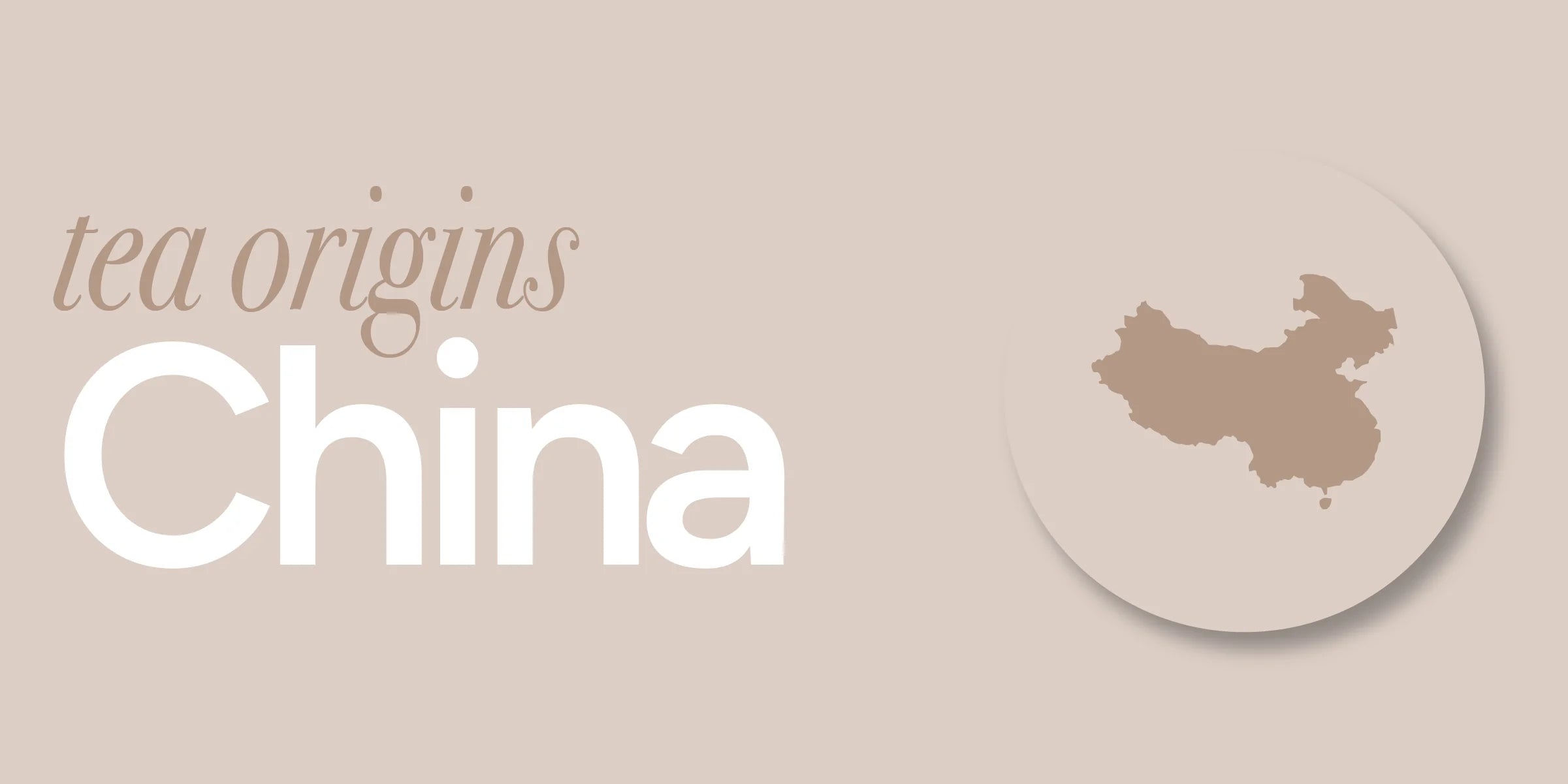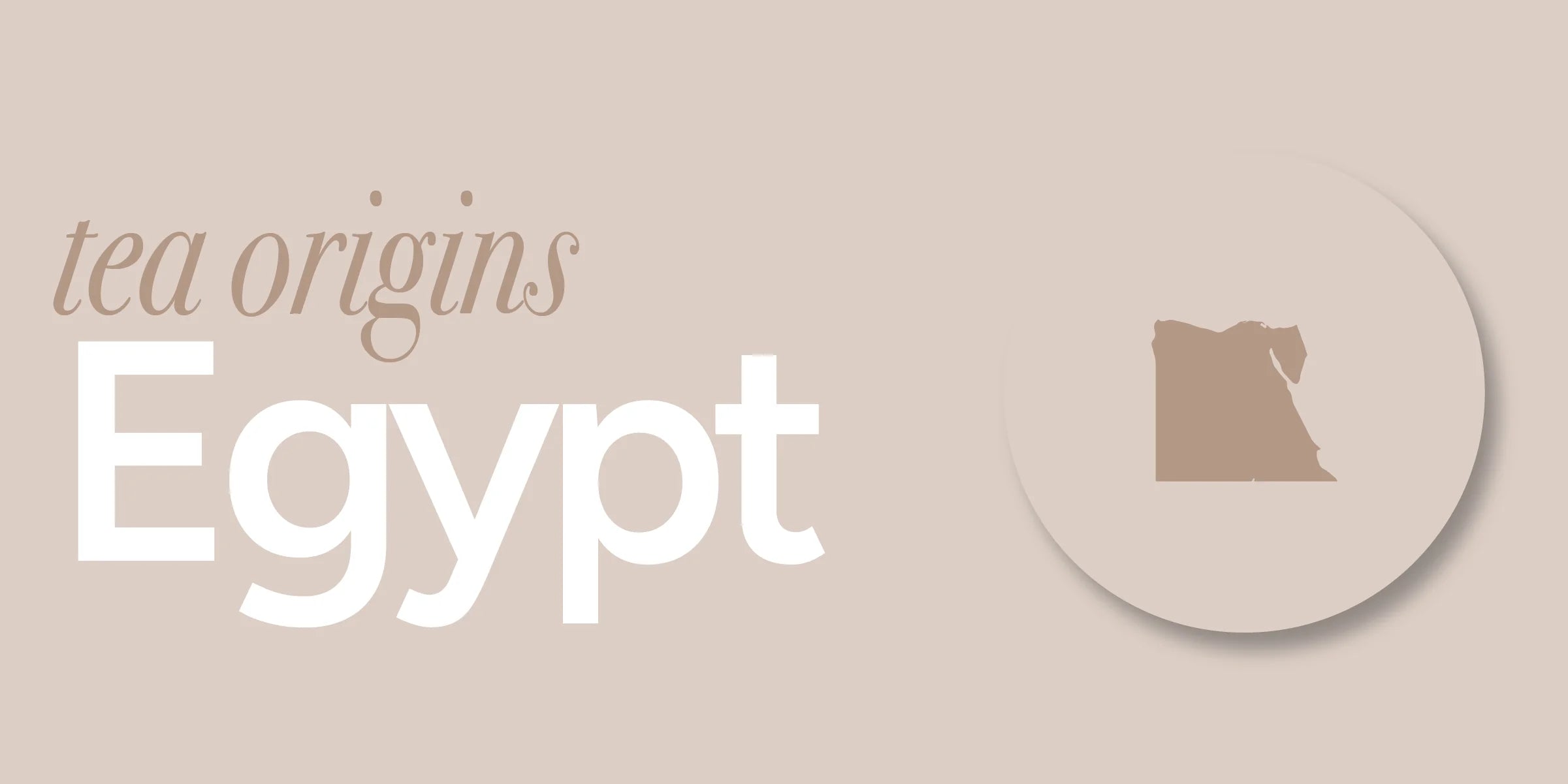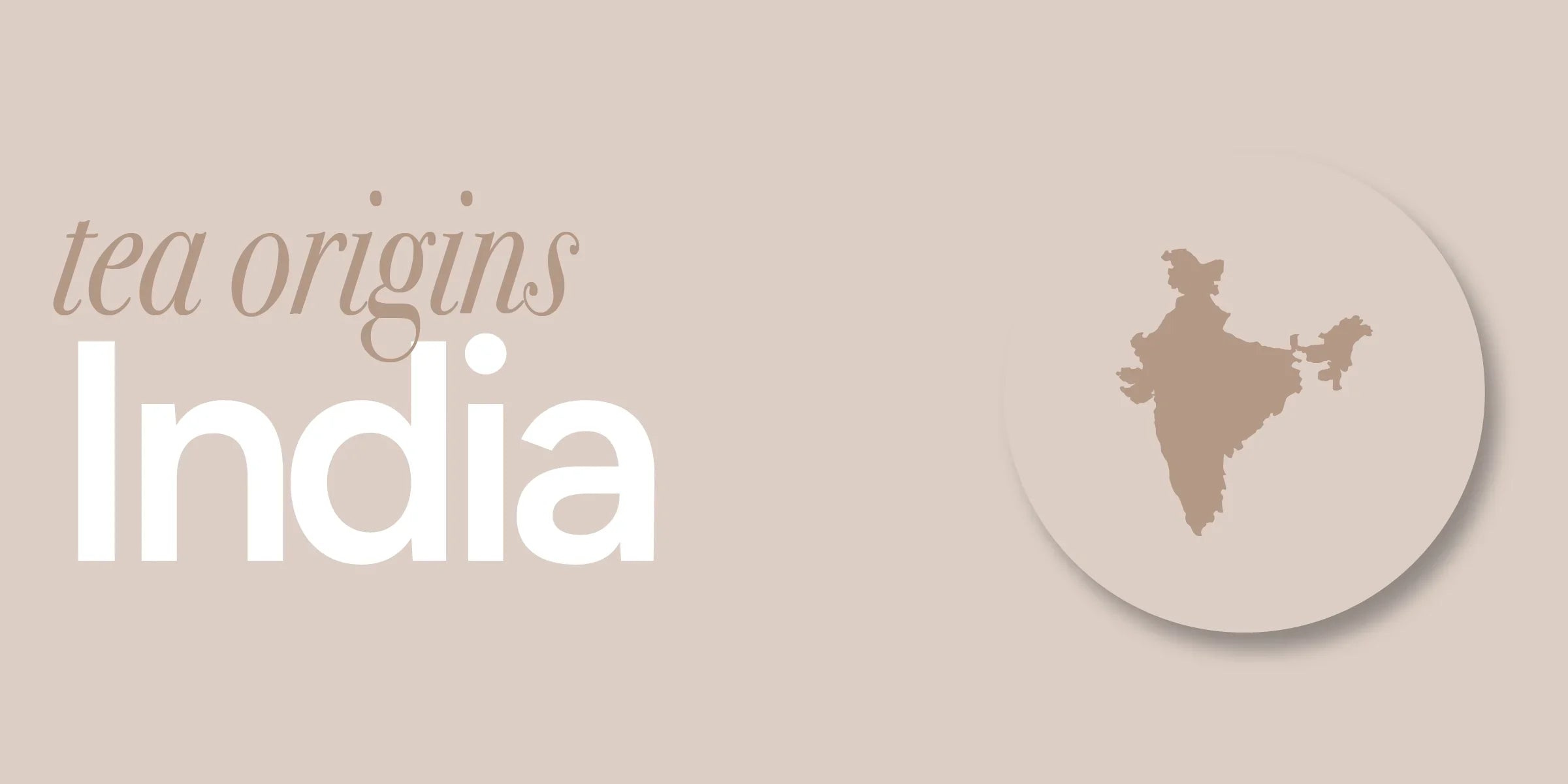South America has a wide range of climates, from tropical rainforests to freezing mountaintops. Of these diverse climates, there are actually many areas that can support growing the Camellia sinensis plant–the plant that gives us tea! However, South America is not typically known for traditional tea. While Camellia sinensis does grow in areas like in Brazil, Peru, and Argentina, what South America is better known for is their production of Yerba maté–a caffeinated herbal infusion.
History and Geography of South American Teas
The Camellia sinensis plant first came to South America from Portuguese and Spanish colonists from Europe in the 17th century. While the tea trade initially thrived in Brazil and Argentina because of slave labor, when slavery was abolished in 1888, the tea trade collapsed. While the tea industry has recovered over the years, the flavor of its traditional tea is not as potent as that of other countries’, often being blended with other teas to make both hot and iced tea.
While traditional tea may not be South America’s forte, Yerba maté is. Yerba maté is cultivated from the Ilex paraguariensis plant. This plant is evergreen, so it has leaves during all four seasons. Green-white flowers and small berries also grow on the plant. Both the leaves and small twigs are harvested in order to make Yerba maté. The harvesting process often sees the leaves and twigs being picked by hand since only the most tender stems should be used to make high quality Yerba maté. Everything is then dried in a controlled environment, sometimes over a roaring wood fire. Occasionally, the leaves and twigs are placed in wood like cedar to add even more flavor to the drink.
The Yerba maté plant originated in Paraguay, but is now more commonly found in Argentina, Uruguay, and southern Brazil. The best Yerba maté grows under the rainforest canopy without the leaves being in direct sunlight. By staying in the shade, the leaves and twigs that are harvested are able to retain the maximum amount of flavor and nutrition. Wild Yerba maté trees in the rainforest can only be harvested every two years because of the amount of time the plant takes to develop the leaves. Trees that are cultivated on farms are typically harvested every winter since farmers can control the water and sun exposure.
Methods of Drinking Yerba Maté
Yerba maté is most often enjoyed communally–whether it’s a casual drink with friends or consuming it as more of a traditional ritual. While cafes and teahouses around the country offer Yerba maté with milk, sugar, pastries, and crackers, this is not the most traditional way it’s enjoyed.
Traditionally, Yerba maté is drunk out of a dried gourd called a maté with a special straw with a filter called bombilla, and hot (but not boiling!) water being added. The maté is partially filled with leaves and warm water is poured in to begin releasing the flavors. Then, the bombilla is inserted at an angle to keep the leaves out of the straw, and the maté is passed around the circle. The maté and bombilla can be made of many different matérials, like ceramic, wood, silver, stainless steel, and bamboo. Everyone’s maté can also be painted or decorated to make it unique.
People from all over South America have incorporated drinking Yerba Maté into their social and cultural routines. In Argentina, 90% of the population drink it, while in Uruguay, many people carry their maté, hot water thermos, and yerba with them wherever they go. Passing the thermos and maté around, this social routine cultivates conversation and connection.
The taste of Yerba maté is strongly unique, and more bitter than a typical green, black, or white tea. A comparison is often made to coffee, because of the distinctive flavor and the euphoric, energetic feeling it can provide. In fact, Yerba maté has a reputation of packing more of a caffeine punch than other teas. A typical 8oz cup of coffee contains 120mg of caffeine, while black and green teas typically contain 30 to 50mgs. Yerba maté contains almost double the amount of caffeine in normal tea, clocking in at a buzzing 70mg of caffeine in a typical 8oz cup.
While there is some history with the traditional Camellia sinensis in this diverse continent, South America’s rich tradition of Yerba maté is really what makes this continent special in the tea world.



